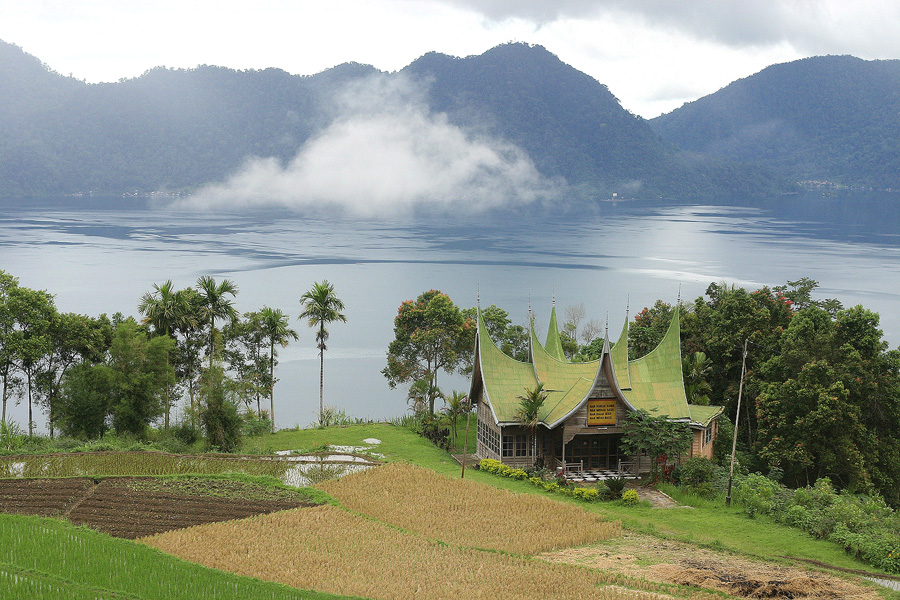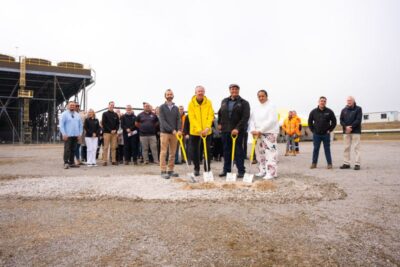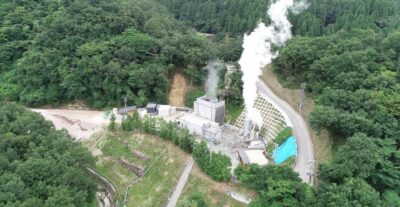Challenging environment delaying development in Indonesia
Indonesian geothermal development seems to be stalled until there is clarity on the new feed-in-tariff scheme and regulatory/ permitting issues are being simplified.
With the ongoing commitment of its government and clearer regulative environment, the Philippines seem to continue to lead development in the Asia Pacific room.
In Indonesia on the other hand, continued regulatory uncertainty, seems to delay development and create a lot of uncertainty for developers and investors alike.
So while the country currently only utilizes a mere fraction of its overall potential holding nearly 40 percent of the world’s geothermal reserves with a potential of 29,000 MW not much has happened in recent years.
Issues like the acquisition of land and permit issues, for e.g. development in protected forests, have stalled around 30 geothermal power projects having been launched around the time geothermal legislation was introduced in 2003.
Decentralized permitting for development in forests has been a large challenge, but also the continued uncertainty about the final feed-in-tariffs is stalling development.
“I think this is the point where the government should take an all or nothing approach [to help potential investors]. Otherwise, just shut down all of the geothermal projects in the country,” said Indonesian Geothermal Association chairman Abadi Purnomo in a recent interview with The Jakarta Post.
Without a final and firm regulation on feed-in-tariffs, developers are not moving forward as they might end up being stuck with older unfavourable pricing for the power produced with their geothermal projects. So a lot of them are still stuck in the exploration phase of development.
At a recent geothermal conference in Jakarta, people couldn´t hold back their frustrations on the current situation that hasn´t changed for several years now.
A recent article in the Jakarta Post says that “eleven out of 20 geothermal projects launched before the law was enacted are still in the exploration stages with various contractors, including Pertamina Geothermal Energy, according to Energy and Mineral Resources Ministry data.
Nineteen projects launched after the enactment of the law are also still at the same stage. Companies involved in these projects include Supreme Energy — whose partners include Japan-based Sumitomo and France-based GDF Suez — Star Energy (owned by mogul Prajogo Pangestu) and Chevron.
The law, which stipulates that working areas and exploration-exploitation work are to be tendered by regional administrations, has held back companies from progressing, with land acquisition and permit issues.
In the most recent case, Supreme Energy decided last month to postpone drilling on its 2×110 MW project in Mt. Rajabasa in Lampung amid local protests that were, ironically, endorsed by the Forestry Ministry.
Energy and Mineral Resources Ministry geothermal director Tisnaldi highlighted the level of “acceptability” from local communities as one of the main challenges for geothermal firms to operate in Indonesia.
“As for the Supreme Energy case, we [the Energy and Mineral Resources Ministry, the Forestry Ministry, the local administration and the firm] have invited local leaders in Lampung to an existing geothermal project in West Java,” he said over the weekend, referring to Pertamina’s 200 MW-Kamojang power plant in Garut, West Java.
He added that Supreme Energy, which plans to invest more than US$800 million for both geothermal exploration and the Rajabasa power plant, could resume its exploration “soon” on endorsement from the local leaders following the Kamojang power plant visit.
Commenting on the Supreme Energy case, Abadi said stakeholders from the government’s side lacked coordination and had different views when it came to geothermal projects.
Tisnaldi said the new pricing scheme would be applied for new projects but might be open to the currently stalled geothermal projects as well “if the projects turn out to be unprofitable”. He, however, did not elaborate on whether already running geothermal projects would also benefit from the new scheme.
In July, last year, the government raised the feed-in-tariff for geothermal power plants from 9.7 US cents per kilowatt-hour (kWh) to between 10 to 17 cents per kWh.
The current prices vary from one region to another, depending on the availability of infrastructure and potential geothermal reserves where a power plant operates. For example, the price in Sumatra is 10 cents per kWh, Java 11 cents and Papua 17 cents.
The new pricing would be based on a power plant’s capacity and enthalpy, or heat content.
In the capacity category, power plants will be divided into five groups: over 55 MW, between 20-55 MW, between 10-20 MW, between 5-10 MW and under 5 MW.
A power plant with low-medium enthalpy lower than 225 degrees Celsius, depending on the capacity of the power plant, will have a ceiling price range from 17 to 30 US cents per kWh and that of high enthalpy from 11 to 28 cents per kWh.”
Source: The Jakarta Post


















